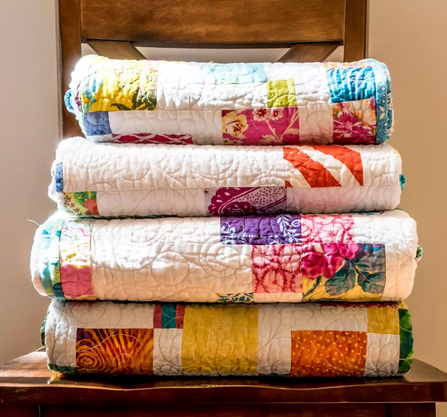


Primitives – The heart and soul of homesteading life in the Wild West.
Primitive design focuses on furniture and other useful items made between the mid-1700s and early 1800s by farmers.
A primitive piece of furniture or décor is handmade. Secondly, a person without formal training or craftsmanship made it. Third, most often, a primitive item is utilitarian in nature: furniture, dishware, tools, cooking items. And lastly, a primitive item is old – generally, old enough to qualify as an antique. It’s the combination of age, lack of pretense and practical purpose that gives a primitive item, whether furniture or some other household good, its well-worn, simple appearance, not intentional design.
Grandmother’s cobbler, Grandfather’s toil and the ingenious history of life on the prairie are all represented in our collection.


